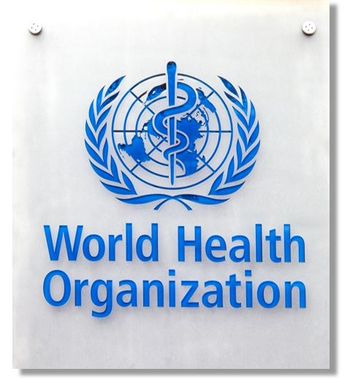
Vice-President Cheney Develops DVT in Left Calf
WASHINTON -- Doctors discovered a blood clot in Vice- President Dick Cheney's left calf today and started him on first-line therapy for deep vein thrombosis, his office said.
WASHINTON, March 6 -- Doctors discovered a blood clot in Vice-President Dick Cheney's left calf today and started him on first-line therapy for deep vein thrombosis (DVT), his office said.
Cheney, 66, who spent 65 hours in the air during his just-completed nine-day trip to Asia and the Middle East, went to George Washington University Hospital with "mild calf discomfort."
"An ultrasound revealed a deep venous thrombosis or blood clot in his left lower leg,'' said a spokeswoman. Blood thinners were begun, said Cheney's office, and this therapy was expected to continue for several months. DVTs most commonly occur in the left leg.
Cheney, who has a long history of heart trouble, including four MIs, was not admitted.
At the Society of Interventional Radiology meeting in Seattle, Ziv J Haskal, M.D., director of the division of vascular and interventional radiology at New York Presbyterian Hospital, said the blood thinners are highly effective in preventing clots from breaking free and causing a potentially life-threatenting pulmonary embolism.
"While the blood thinners may prevent the clot from breaking free," Dr. Haskal said, "the leg is very likely to remain abnormal for the rest of his life."
The clot has about a 75% chance of clearing through the body's fibrinolysis processes in the next six months but ischemic damage occurs to the muscle and leg. This may cause swelling and chronic fatigue in the affected area.
Cheney's office said he was allowed to return to work, "which means the DVT was probably localized and not that extensive," Dr. Haskal said.
Though Cheney has been plagued with heart problems, the DVT may have developed independently, Dr. Haskal said.
The vice president had surgery to remove an aneurysm behind his right knee in September 2005, and he was hospitalized in January 2006 for shortness of breath. He has had four heart attacks since 1978.
Risk factors for DVT include immobilization, such as during long flights; being overweight; and recent operations, Dr. Haskal said. The vice president's implantable automatic defibrillator was unlikely to have contributed to clot formation, he added.
"Individual risk factors packed together increase your risk of making blood clots synergistically," he said.
Newsletter
Enhance your clinical practice with the Patient Care newsletter, offering the latest evidence-based guidelines, diagnostic insights, and treatment strategies for primary care physicians.
























































































































































































































































































